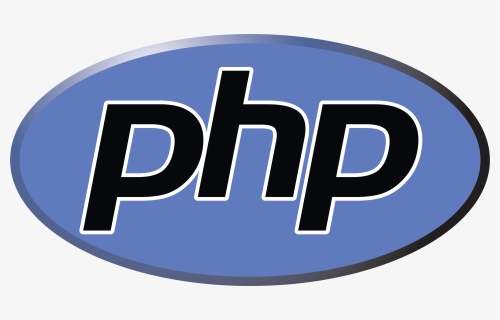What is PHP? History of PHP.
PHP (Hypertext Preprocessor) is a server-side scripting language designed for web development, and it is one of the most popular programming languages in use today. PHP is an open-source language and is widely used to create dynamic web pages, web applications, and web services.

PHP was created by Rasmus Lerdorf in 1994 to handle some basic tasks on his personal website. Over the years, it evolved into a more robust language as more developers contributed to its development. In 1997, two developers, Andi Gutmans and Zeev Suraski, rewrote the original PHP codebase and created PHP 3, which was a complete rewrite and included more advanced features.
In 1998, the development team released PHP 4, which was a significant improvement over its predecessor. It introduced features like support for object-oriented programming, dynamic loading of extensions, and improved performance. PHP 4 quickly gained popularity, and it became the de facto standard for web development.
In 2004, the development team released PHP 5, which was a major update to the language. It included many new features, including improved object-oriented programming support, XML support, and a new error handling system. PHP 5 was also faster and more efficient than PHP 4, which made it even more popular among developers.
In 2015, the development team released PHP 7, which was another major update to the language. It included many new features, including significant performance improvements, new operators and syntax, and improved error handling. PHP 7 was also designed to be more secure than its predecessors, with features like improved password hashing and improved support for SSL/TLS encryption.
Today, PHP is widely used in web development, with many popular websites and web applications built using the language. Some of the most popular content management systems, like WordPress, Drupal, and Joomla, are built using PHP. It is also widely used in e-commerce, with popular platforms like Magento and WooCommerce built using the language.
One of the reasons for PHP's popularity is its ease of use. PHP is a relatively simple language to learn, and it has a large and active community of developers who create and share code libraries, tools, and resources to make development faster and easier. PHP also has a large number of built-in functions and features, which makes it easy to perform common tasks like handling forms, connecting to databases, and working with files.
Another reason for PHP's popularity is its flexibility. PHP can be used to create both simple and complex applications, and it can be used with a wide range of databases and web servers. It is also compatible with many operating systems, including Windows, Linux, and macOS.
PHP is a popular server-side scripting language that has been used for web development since the mid-1990s. It was created by Rasmus Lerdorf and has since evolved into a robust language with a large and active community of developers. Today, it is widely used in web development, with many popular websites and web applications built using the language. PHP's popularity is due to its ease of use, flexibility, and large number of built-in features and functions.
Uses of PHP
PHP is a versatile programming language that can be used for a wide range of web development tasks, from creating simple scripts to building complex web applications. Some of the most common uses of PHP include:
-
Web Development: PHP is widely used for web development, especially for creating dynamic web pages and web applications. It is used to build content management systems (CMS) like WordPress, Joomla, and Drupal, e-commerce platforms like Magento and WooCommerce, social networking sites like Facebook, and many other types of websites.
-
Server-side scripting: PHP is a server-side scripting language, which means it is executed on the server before the web page is sent to the client's browser. This allows PHP to perform a wide range of tasks, including database manipulation, user authentication, and server-side caching.
-
Command-line scripting: PHP can also be used for command-line scripting, allowing developers to automate tasks on their servers or local machines.
-
Desktop Application Development: With the help of PHP-GTK (GIMP Tool Kit), PHP can be used to develop desktop applications.
-
Mobile Application Development: PHP can be used in conjunction with mobile app development frameworks like React Native and PhoneGap to build mobile applications.
PHP is compatible with a wide range of web servers and operating systems, making it a flexible language for web development. It can run on Apache, IIS, and other web servers and is compatible with popular operating systems like Windows, macOS, and Linux. PHP also supports a wide range of databases, including MySQL, PostgreSQL, Oracle, and Microsoft SQL Server, making it a popular choice for database-driven web applications.
PHP is also compatible with many other web development tools and technologies, including HTML, CSS, JavaScript, XML, and JSON. It can be used in conjunction with popular web development frameworks like Laravel, Symfony, and CodeIgniter, as well as with content management systems like WordPress and Joomla.
Overall, PHP is a powerful and flexible programming language that can be used for a wide range of web development tasks. Its compatibility with different web servers, operating systems, and databases makes it a popular choice for building dynamic, database-driven web applications.
